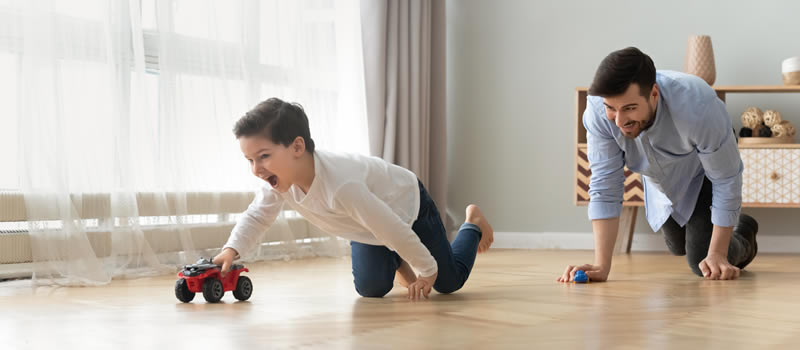Say it in Style
Between age 2 -3 years your child is able to follow more complex directives. Use this routine to help your child practice following sequenced directives, for example: “slide one foot in the pants then the other foot”, “ take off your PJ’s and put on your clothes”.




